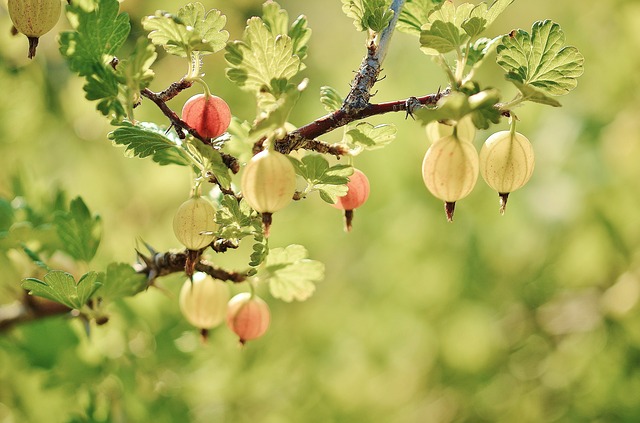Anxious about the fate of your dahlias and tomatoes in the warm weather? Dr Alastair Culham from the School of Biological Sciences explains the best time of day to water your garden in a new post for The Conversation.
botany
School of Biological Sciences Research Seminar: Dr Ulrike Bauer, University of Bristol – ‘Biomechanics and ecology of prey capture in carnivorous pitcher plants’
How family trees can help predict which plants could provide new cures
Dr Julie Hawkins from the School of Biological Sciences discusses recent research which aims to revitalise the hunt for new plant-based medicines.
The earliest medicines were derived from plants, and the first doctors were trained in botany. Today, many societies rely directly on plants and plant knowledge for the health of their people, and a large proportion of pharmaceutical medicines are derived from plants. These pharmaceuticals are often used in ways which reflect traditional use of the species from which they have been derived.
Despite the importance of plants to health, however, there is some controversy as to whether new drugs could be derived from them. Recent developments in drug discovery have made use of robotic screening of compound libraries, whist bioprospecting based on traditional knowledge of plant use has fallen out of favour. Some have argued that useful pharmaceuticals are unlikely to be discovered amongst the ‘riches of the rainforests’. There are issues surrounding recognising the intellectual property of the people discovering and using these plants, which is seen as politically complex, and this discourages investment. In addition, collecting traditionally used plants for screening is time consuming and relies on expertise in botany and ethnobotany. Furthermore, some have argued that plant use may not be indicative of bioactivity, so screening plants used by traditional healers may not yield valuable insights.
Research I have been involved in has recently looked at a novel way of evaluating plants used by traditional healers to address this. We considered the phylogenies, or ‘family trees’ of the plants found in three global biodiversity hotspots. By using DNA sequences to work out how plants in these regions were related, we were able to see whether plants usedby traditonal healers in different regions were closely related to each other. The geographic regions we selected for the study were ones unlikely to have exchanged knowledge about traditional plants – Nepal, New Zealand and South Africa. We found that in these regions the same closely-related plants were used by traditional healers, and interestingly were used to treat the same conditions.
The fact that evolutionarily related plants are used in different regions, even though the same species are not present, strongly suggests an independent discovery of plants which share the same or similar health properties. This new finding could revitalise the search for valuable plant medicines. Targeted screening of plants with a high potential for having health benefits would reduce the time investment in collecting species, and also make it easier to negotiate fair and equitable distribution of benefits with the originators of the knowledge.
Dr Julie Hawkins works in the School of Biological Sciences and is interested in the application of molecular marker data to determine identity, parentage and provenance of economically important plant species. This research has recently been published in PNAS: Haris Saslis-Lagoudakis, Vincent Savolainen, Elizabeth M. Williamson, Félix Forest, Steven J. Wagstaff, Sushim R. Baral, Mark F. Watson, Colin A. Pendry & Julie A. Hawkins. ‘Phylogenies reveal predictive power of traditional medicine in bioprospecting’ PNAS (2012). doi:10.1073/pnas.1202242109.

